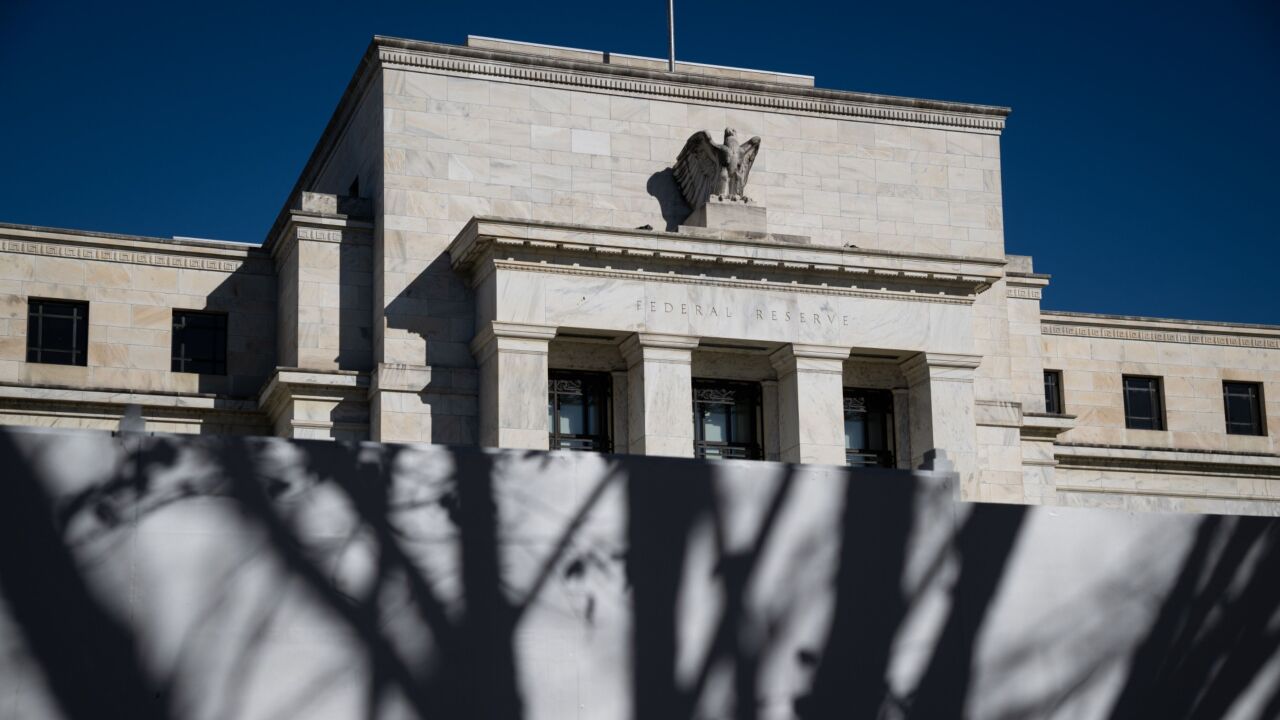Encouraged by a six-month pilot program, next month the Treasury Department will begin a nationwide push for Social Security recipients to use direct deposit.
The "Go Direct" program will consist of advertising, teller training, and events for recipients at banks, community centers, and elsewhere.
Seventy-five percent of Social Security recipients sign up for direct deposit when they register for benefits, said Gary Grippo, the Treasury's assistant commissioner for federal finance. The Treasury Department is hoping that percentage will increase before 2008, when the first wave of Baby Boomers will start to retire, he said.
"We want to get the numbers up before the 77 million baby boomers start to retire and get paper checks," Mr. Grippo said.
The pilot program, which ended in March, involved the Federal Reserve Bank of St. Louis and 90 banks. The Treasury is looking for more banks to help promote the direct-deposit option.
A surge in direct deposits could be a boon to banks. Not only could they expect an increase in deposits from their own customers, they could conceivably gain new ones among the estimated 4.5 million Social Security recipients who do not currently have bank accounts. (A bank must cash Social Security checks even if they are not for customers.)
The Treasury is also touting direct deposit's potential for reducing costs. Mr. Grippo said the department spends 75 cents more to print, mail, and process a Social Security check than to transmit the money directly to an account. He estimated that the government could save $120 million a year if all federal benefits checks, most of which are for Social Security, were sent electronically.
Kathy Paese, a vice president for treasury relations at the St. Louis Fed, said that 32,000 benefits recipients signed up for direct deposit during the pilot program, which ran in nine cities - Chicago; Springfield, Ill.; Dallas; San Antonio; Austin; Houston; Nashville; Memphis; and Knoxville, Tenn. - and Puerto Rico.
At participating banks, tellers were trained to explain to seniors that with direct deposit they would no longer need to come into the bank or worry about lost or stolen checks.
"We believe direct deposit is a much safer and better alternative for these people and the community banks and larger banks," Ms. Paese said.
The $12.8 billion-asset TCF Financial Corp. of Wayzata, Minn., was among the participating banks. Jason Korstange, its senior vice president of corporate relations, said the program was successful in the Chicago area, where TCF tested it. He said he did not know how many people the company had signed for direct deposit through the program.
Customers who use direct deposit tend to be more loyal than those who do not, Mr. Korstange said.





